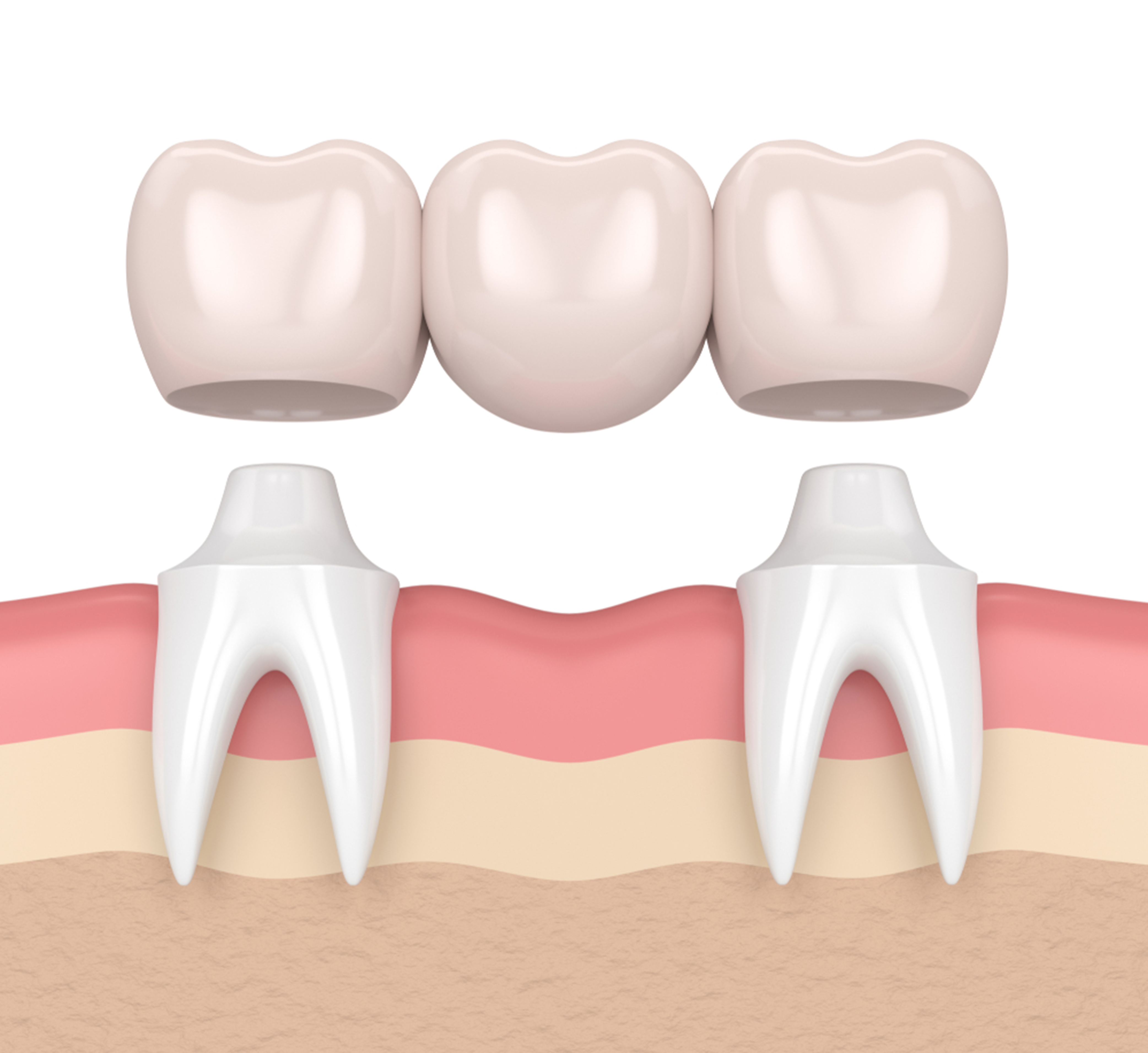A dental bridge is a common dental restoration used to replace missing teeth. It’s a practical solution that can restore your smile, improve your ability to chew and maintain the alignment of your remaining teeth. In this article, we’ll take a closer look at Oceanside dental bridge, how it works, the different types available, and the benefits they offer.
What is a Dental Bridge?
A dental bridge in Oceanside is a fixed prosthetic device that bridges the gap created by one or more missing teeth. It consists of two main components: the artificial teeth (pontics) and crowns on each side. The crowns are typically attached to the natural teeth or dental implants adjacent to the gap. Dental bridges are custom-made to match the color, size, and shape of your natural teeth, ensuring a seamless blend with your smile.
Types of Dental Bridges
There are several types of dental bridges, including traditional, cantilever, Maryland, and implant-supported bridges.
- Traditional Dental Bridge: This is the most common type of bridge, consisting of pontics and crowns that are anchored to natural teeth on both sides of the gap.
- Cantilever Dental Bridge: A cantilever bridge is used when only one natural tooth is available for support. It’s an excellent option when there’s no adjacent tooth on one side of the gap.
- Maryland Dental Bridge: Also known as a resin-bonded bridge, this type uses a framework of metal or porcelain wings attached to the backs of the adjacent teeth, making it a conservative option that doesn’t require much alteration of the natural teeth.
- Implant-Supported Dental Bridge: This bridge is secured with dental implants rather than crowns on natural teeth, making it a sturdy and long-lasting solution.
Benefits of Dental Bridges
- Restored Appearance: An Oceanside dental bridge looks and feels like natural teeth, providing a seamless and aesthetic solution for missing teeth.
- Improved Function: Bridges restore your ability to bite and chew properly, preventing issues related to uneven biting forces.
- Speech Improvement: Missing teeth can affect speech; bridges can help improve pronunciation and enunciation.
- Prevent Shifting: Filling the gap with a bridge prevents adjacent teeth from shifting, maintaining proper alignment.
- Enhanced Confidence: A dental bridge in Oceanside can boost your self-esteem by giving you a confident, complete smile.
- Durability: With proper care, dental bridges can last many years, providing a long-term solution for missing teeth.
Maintenance and Care
Maintaining a dental bridge is relatively straightforward. Regular brushing and flossing, along with routine dental check-ups, are essential. Avoid chewing hard or sticky foods that could damage the bridge, and be sure to follow your dentist’s recommendations for care.
In conclusion, dental bridges are a valuable solution for replacing missing teeth, offering both cosmetic and functional benefits. Whether you opt for a traditional bridge, cantilever, Maryland, or implant-supported bridge, consult with your dentist to determine the best choice for your unique needs. With proper care, your dental bridge in Oceanside can provide you with a beautiful, functional smile for many years to come.
Grace Dental provides the standard of care with the complete package of everything from high-standard clinical competency to full regulation compliance. Contact us at (760) 653-8338 and schedule your consultation with us.







One thought on “A Comprehensive Guide To Understanding Oceanside Dental Bridge”